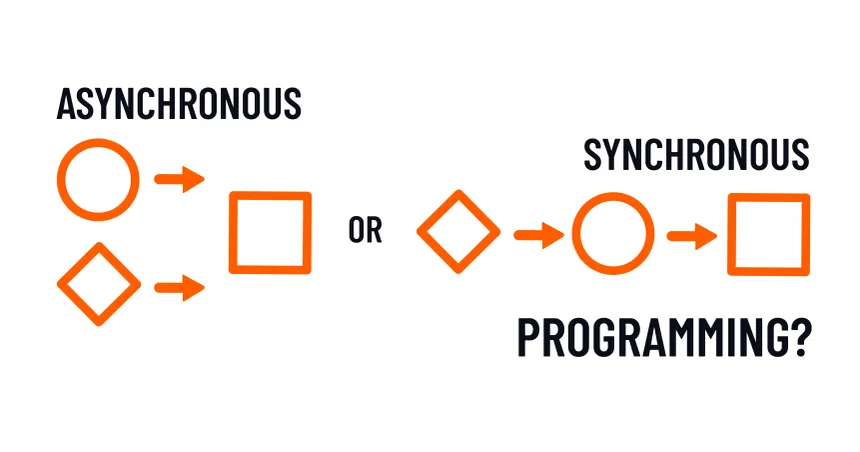Synchronous and Asynchronous Payloads in Backend Systems
 Lokesh Jha
Lokesh Jha
In the realm of backend systems, understanding the differences between synchronous and asynchronous payloads is crucial for optimizing performance and enhancing user experience. This article delves into these concepts, exploring their significance, real-life analogies, and scenarios in databases and operating systems.
Synchronous Payloads
Synchronous operations are akin to a sine wave, where each task must be completed before the next one begins. Imagine a face-to-face conversation: you ask a question, wait for a response, and then proceed with the next question. This linear progression ensures that each task is handled in sequence, maintaining a predictable flow of events.
Example Scenario: Database Operations
Consider a scenario where a backend system processes database transactions. In a synchronous approach, each database query waits for the previous one to complete before executing. For instance, updating a user's profile information might involve multiple steps: validating input, updating the database, and sending a confirmation message. Each step waits for the previous one to finish, ensuring data consistency and integrity.
Advantages of Synchronous Payloads
Predictability: Tasks are executed in a defined order, making it easier to trace the flow of operations.
Simplicity: Easier to implement and debug due to the straightforward execution path.
Disadvantages of Synchronous Payloads
Latency: The system can become sluggish as each task waits for its predecessor to complete.
Resource Utilization: Can lead to inefficient use of resources, as some processes may remain idle while waiting.
Asynchronous Payloads
Asynchronous operations, on the other hand, allow multiple tasks to be initiated and run concurrently, without waiting for previous tasks to finish. This is similar to writing an email: you send a message and then continue with other tasks, checking your inbox later for a response. This non-blocking nature enhances efficiency and responsiveness.
Example Scenario: Web Servers and APIs
A common example of asynchronous operations is found in web servers handling API requests. When a server receives multiple requests, it can process them simultaneously. Using non-blocking I/O operations like epoll (in Linux), the server can manage multiple connections efficiently, responding to each as soon as data becomes available, without blocking other operations.
Advantages of Asynchronous Payloads
Improved Performance: Allows for better resource utilization and faster response times.
Scalability: Can handle a higher number of concurrent operations, making it suitable for high-traffic applications.
Disadvantages of Asynchronous Payloads
Complexity: More challenging to implement and debug due to the non-linear execution path.
Potential for Inconsistency: Requires careful management to ensure data consistency and integrity.
Understanding epoll and Non-blocking I/O
epoll is a scalable I/O event notification mechanism in Linux, designed to efficiently handle large numbers of file descriptors. Unlike traditional blocking I/O operations, epoll allows the system to monitor multiple file descriptors to see if I/O operations can be performed, without blocking the process.
How epoll Works
epoll_create: Creates an
epollinstance.epoll_ctl: Adds, modifies, or removes file descriptors from the
epollinstance.epoll_wait: Waits for events on the monitored file descriptors and returns those that are ready for I/O operations.
This non-blocking approach is particularly useful for building high-performance servers that need to manage thousands of simultaneous connections.
Conclusion
Both synchronous and asynchronous payloads have their unique advantages and use cases. Synchronous operations offer simplicity and predictability, making them suitable for tasks where order and data integrity are paramount. Asynchronous operations, facilitated by mechanisms like epoll, provide enhanced performance and scalability, ideal for handling numerous concurrent tasks efficiently. Understanding when and how to use these approaches is key to designing robust and efficient backend systems.
Subscribe to my newsletter
Read articles from Lokesh Jha directly inside your inbox. Subscribe to the newsletter, and don't miss out.
Written by

Lokesh Jha
Lokesh Jha
I am a senior software developer and technical writer who loves to learn new things. I recently started writing articles about what I've learned so that others in the community can gain the same knowledge. I primarily work with Node.js, TypeScript, and JavaScript, but I also have past experience with Java and C++. Currently, I'm learning Go and may explore Web3 in the future.